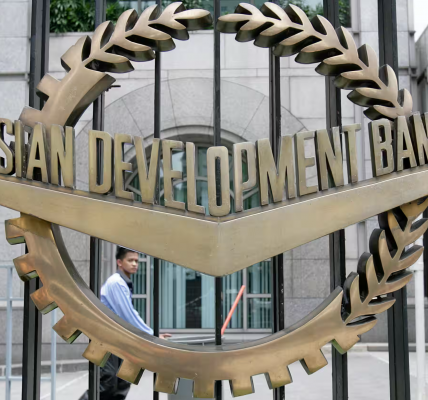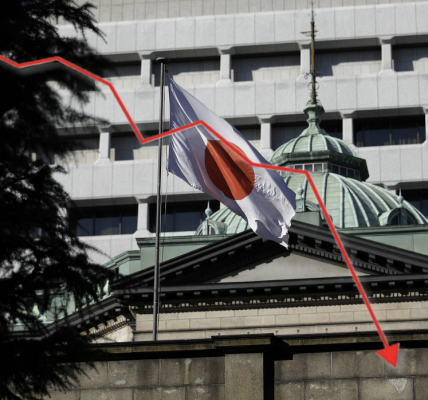The European auto industry is going through difficult times. Not too long ago, during the pandemic, the shortage of microchips allowed car manufacturers to achieve record profits as they prioritized their most profitable models. However, as the economic landscape has shifted, challenges have mounted. European consumers now have reduced purchasing power, impacting demand. At the same time, Chinese competition has become increasingly aggressive, with Chinese companies now selling 1 out of every 10 EVs in Europe. The situation is compounded by difficulties in China itself, traditionally a key market for European manufacturers, particularly Volkswagen. As the Chinese automotive sector becomes more self-reliant and competitive, European producers find themselves struggling to maintain their foothold in the market.
This decline is not limited to Germany but extends to other parts of Western Europe. The main culprits behind this downturn remain consistent: intensifying global competition, particularly from China, rising energy costs, and ineffective policies. The result has been a 1.2% decline in industrial production in the EU in 2024, alongside a long-term trend of job losses. Over the past 15 years, the industrial sector in Europe has shed over 2.3 million jobs, highlighting the structural challenges that need to be addressed. Without significant changes, the continent risks losing its competitive edge in manufacturing and heavy industry, once its economic backbone.
Specifically, Germany’s economic stagnation has been evident for some time, with the last recorded positive growth figure being a mere 0.2% in Q1 2023. While traditional industrial powerhouses are struggling, however a new wave of companies is emerging to fill the gap. A shift is occurring within Germany’s premier stock index, the DAX 40, where non-industrial firms such as SAP, Deutsche Telekom, Allianz, and Munich Re have experienced a nearly 50% rise over the past two years. This marks a significant transformation, with these companies now making up nearly half of the index, up from less than a third a decade ago. The key to their success lies in their global revenue streams, which shield them from Germany’s sluggish growth, higher energy costs, and declining Chinese demand, which again, continue to weigh on traditional industrial firms.
To revitalize its economy as a whole, Germany may need to undergo a period of creative destruction. A parallel can be drawn to the early 2000s, when China first posed a serious challenge to Germany’s traditional industrial and automotive sectors. Today, a new technological shift, this time driven by AI and digitalization, offers a similar moment for transformation. The country’s best prospects may lie in expanding sectors where it already has an edge, such as IT, digital services, and defence, all of which have shown strong employment growth. Additionally, Germany could benefit from embracing the green transition and restructuring its financing system to emphasize venture capital, fostering innovation across multiple industries. By adapting its economic model, Germany can position itself for long-term prosperity, even if it requires short-term disruptions.
With CDU’s Friedrich Merz poised to become the next German chancellor, expectations are high for a shift in economic and industrial policy following Olaf Scholz’s largely criticized tenure. Trade relations will be a major challenge, particularly in navigating tensions with the
United States under Donald Trump. Simultaneously, the EU’s agreement with Mercosur is a contentious issue, with Germany and France at odds over its implications. If Merz seeks to lead Europe, resolving these disputes will be a priority. On the industrial front, relations with China and Russia remain complex. While Merz appears more willing than Scholz to support EU sanctions against Russia and back Ukraine, the impact of high energy prices in Germany’s economy is what has been positioning the country in a more hesitant stance compared to its EU neighbours, especially Poland. Policymakers, however, could lean toward a fundamental restructuring of the German economy, one that is less dependent on heavy industry, automobiles, and exports, in order to try to get the best outcome in this situation. However, such a shift would require strong political will and a departure from Germany’s traditional economic model.
Germany today stands at a crossroads. The decline of its industrial sector and the struggles of its automotive industry signal that fundamental changes are necessary. While alternative industries have begun to rise, legislative action is needed to foster innovation and investment in new growth areas. Friedrich Merz’s leadership will be crucial in determining whether Germany adapts successfully or continues to face stagnation. His policies on trade, industrial strategy, and energy could define the country’s economic trajectory for the coming years, determining whether Germany retains its position as Europe’s economic powerhouse or loses ground to emerging global competitors.






